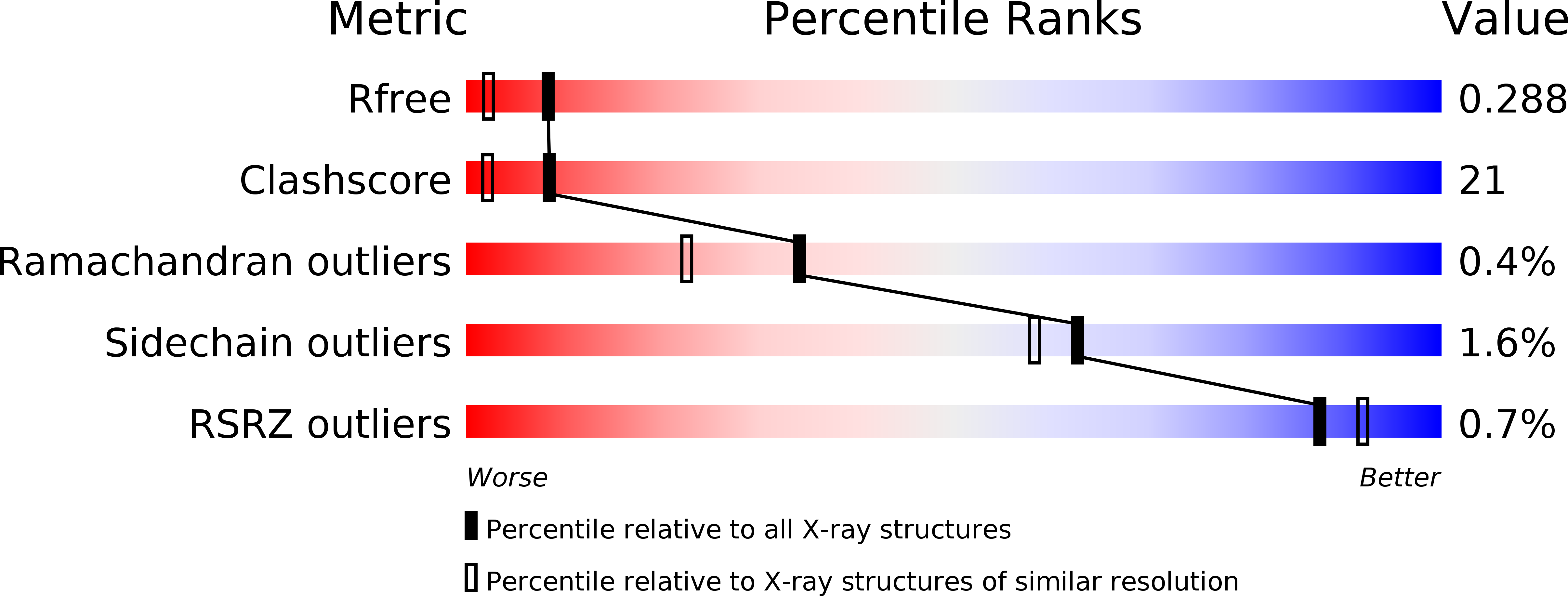
Deposition Date
2007-12-19
Release Date
2008-05-20
Last Version Date
2023-08-30
Entry Detail
Biological Source:
Source Organism:
Methanobacterium thermoautotrophicum (Taxon ID: )
Host Organism:
Method Details:
Experimental Method:
Resolution:
1.95 Å
R-Value Free:
0.28
R-Value Work:
0.22
R-Value Observed:
0.22
Space Group:
P 21 21 21


